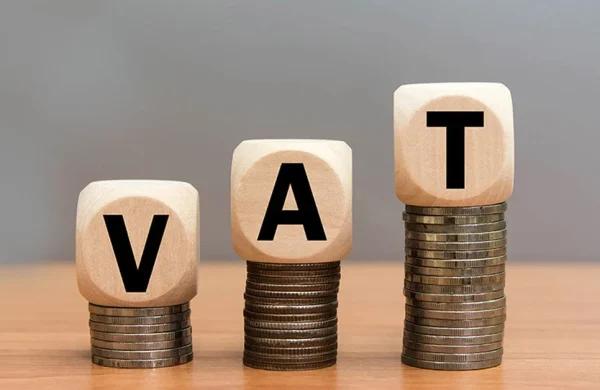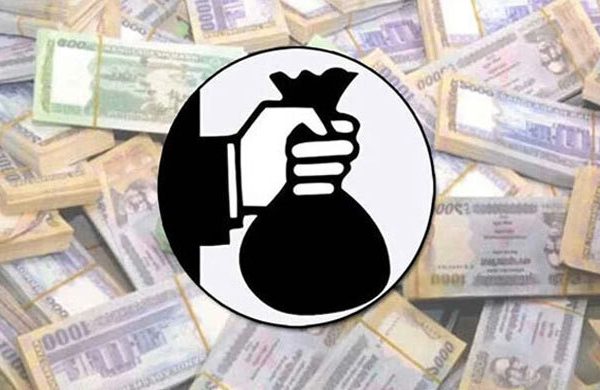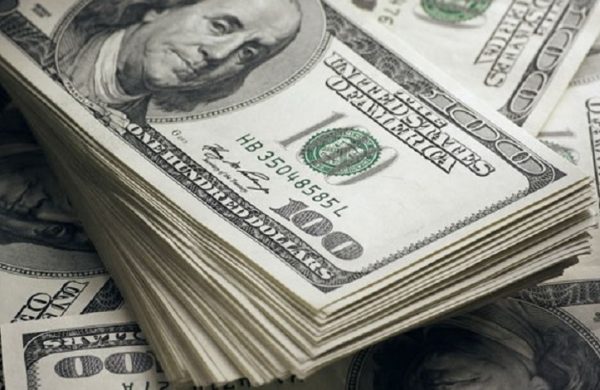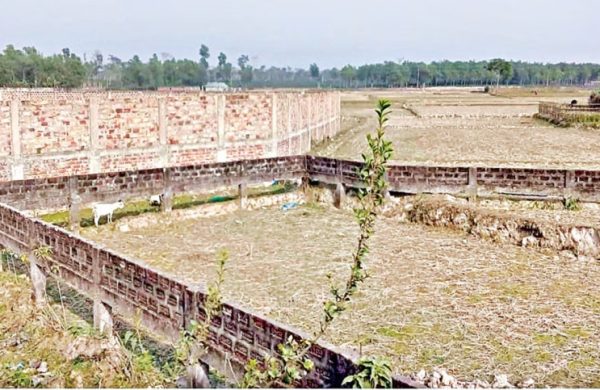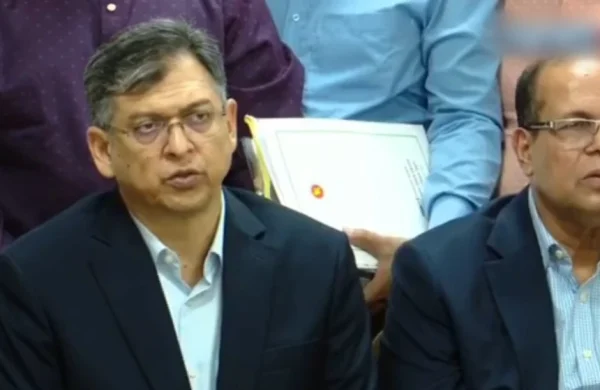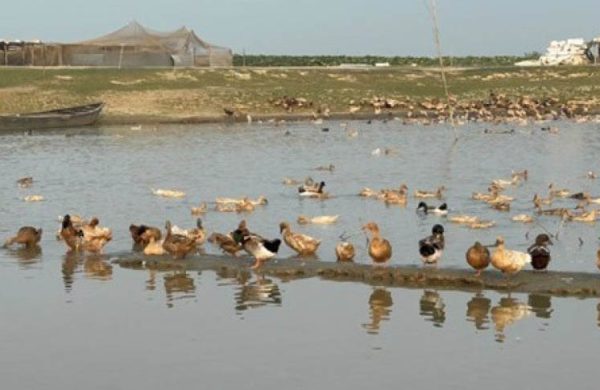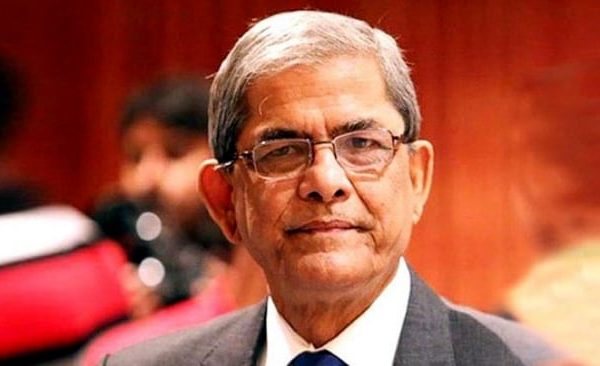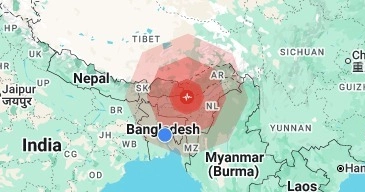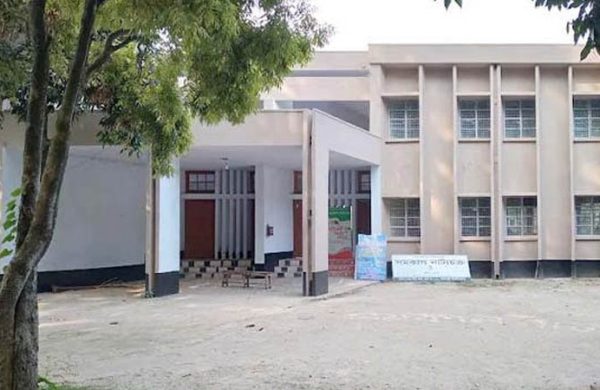Fed’s rate cut may ease foreign fund flow to Bangladesh
- Update Time : Saturday, October 5, 2024
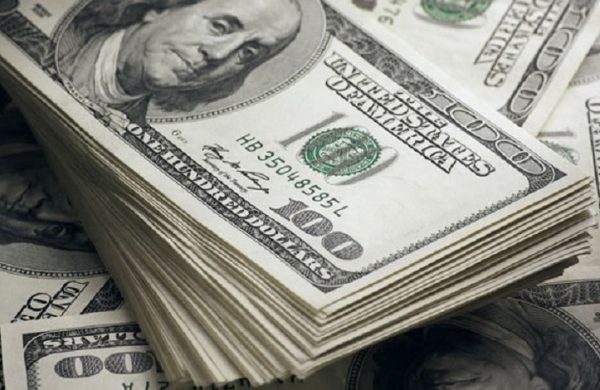
Fed cut policy rate down to 4.75%-5% range on 18 September
TDS Desk:
When most global central banks have paused their rate-hiking cycles to avoid excessive damage, such as rising unemployment, the Bangladesh Bank has continued raising its policy rate for the past two years as it still struggles to control high inflation.
However, the recent rate cut by the Federal Reserve, which is just the beginning of a series of reductions, opens up opportunities for Bangladesh to increase foreign fund flow by keeping domestic rate high, said a senior executive of the Bangladesh Bank.
Moreover, the rate cut in the global market will reduce foreign borrowing costs, prompting private sector investors to be back on track for borrowing from abroad which will increase dollar inflow contributing to building foreign exchange reserves, he said.
The Bangladesh Bank also hopes that the Fed’s hint of switching to loose policy will ease exchange rate depreciation pressure as dollar price will go down in the global market, added the banker.
On 18 September, the Fed cut the policy rate by 50 basis points, bringing interest rate down to the 4.75%-5% range after inflation cooled down to the targeted level. This is the first rate cut after it started to hike aggressively since May 2022 when interest rate was in the 0.75%-1% range.
The Fed hiked policy rate by 450% in just two and a half years to quell inflation, which finally cooled down the price pressure prompting the authorities to pause the hiking cycle. A further reduction of 50 basis points is expected by November.
On the other hand, the Bangladesh Bank, which began tightening its monetary policy in May 2022, has raised the policy rate by a modest 90% over the past two and a half years, from 5%.
In the latest, the Bangladesh Bank on 24 September, raised the policy rate by 50 basis points to 9.5%, fourth time hike this year to tame inflation.
It was the second rate hike in just a month following the appointment of the new governor, Ahsan H Mansur, under the interim government formed after the end of Sheikh Hasina’s 15-year regime.
The rate may be hiked further – up to 10% in the next one or two months – to bring down inflation to the expected level, the governor announced.
Rate hike came during liquidity crisis
The rapid policy rate hike came at a time when banks were facing a liquidity crisis caused by extensive corruption scandals revealed after Hasina’s fall and inflation hovering above 10%.
“When interest rates started to ease globally, the Bangladesh Bank moved in the opposite direction because it did not raise the policy rate as much as needed to control inflation,” said another senior executive of the central bank involved in monetary policy-making.
He added that inflation in other countries began to cool down due to more aggressive rate hikes.
However, he noted that if domestic rates remained high, private sector borrowers would be encouraged to seek financing from foreign sources, especially as global rates decline, which would help rebuild foreign reserves.
He explained that the Bangladesh Bank opened up foreign borrowing options in 2011 when domestic interest rates were high, allowing private sector businesses to access low-cost, short-term foreign funds.
This measure eventually helped Bangladesh build its reserves, added the executive. However, short-term borrowing declined significantly after the Federal Reserve began raising rates which increased borrowing costs for local companies.
A similar cycle has now returned with domestic interest rates rising while global rates are falling, he added.
He further mentioned that taka will likely appreciate if dollar weakens due to Fed policy rate cuts, presenting a good opportunity for Bangladesh to attract foreign investment in the equity market and offshore banking units.
According to Bangladesh Bank data, private sector external borrowing dropped by 81% to $2.65 billion in FY23, compared to $13.84 billion in FY22, the highest on record.
The sharp decline in just one year was due to the rate hike by the Fed which increased borrowing costs.
However, in FY24, private sector external borrowing showed signs of recovery, with total receipts reaching $2.53 billion in the first half of the year, according to Bangladesh Bank data.
How rising interest rate hurts investment
Bangladesh treasury bill and bond rates have risen to over 12% for 1- to 2-year tenures, driven by the country’s policy rate hikes.
A higher policy rate means the cost of borrowing from the Bangladesh Bank increases for commercial banks which in turn pass the burden on to retail borrowers.
As a result, the average lending rate has surged to over 13%, raising financing costs for businesses.
In this scenario, banks are opting to invest in government bonds and bills rather than extending loans at high rates, in order to avoid default risks. This is already reflected in the import data for capital machinery, indicating a slowdown in business expansion.
The country’s total import spending fell by $7 billion in the first nine months of FY24, out of which 74% was capital machineries and industrial raw materials.
This highlights stagnation in investment, contributing to rising unemployment in the private sector.
According to Bangladesh Bank data, the settlement of Letters of Credit (LCs) for capital machinery and industrial raw materials, which accounted for over 40% of total imports, declined by 22%, or $5.25 billion, between July and March of the last fiscal year compared to the same period the previous year.
Additionally, the import of capital machinery and industrial raw materials fell by 8.8% during July-March of FY23.
The impact has also been felt by exporters, as export growth—a major source of dollar earnings—turned negative, with a 5.43% decline in the July-April period of FY24.
Data from the Bangladesh Bureau of Statistics (BBS) shows the number of unemployed people increased by around 2.4 lakh, reaching 25.9 lakh in the first quarter (January-March) of this year, compared to the last quarter (October-December) of the previous year.
The unemployment rate rose to 3.51%, according to the “Quarterly Labour Force Survey 2024 Bangladesh.”


